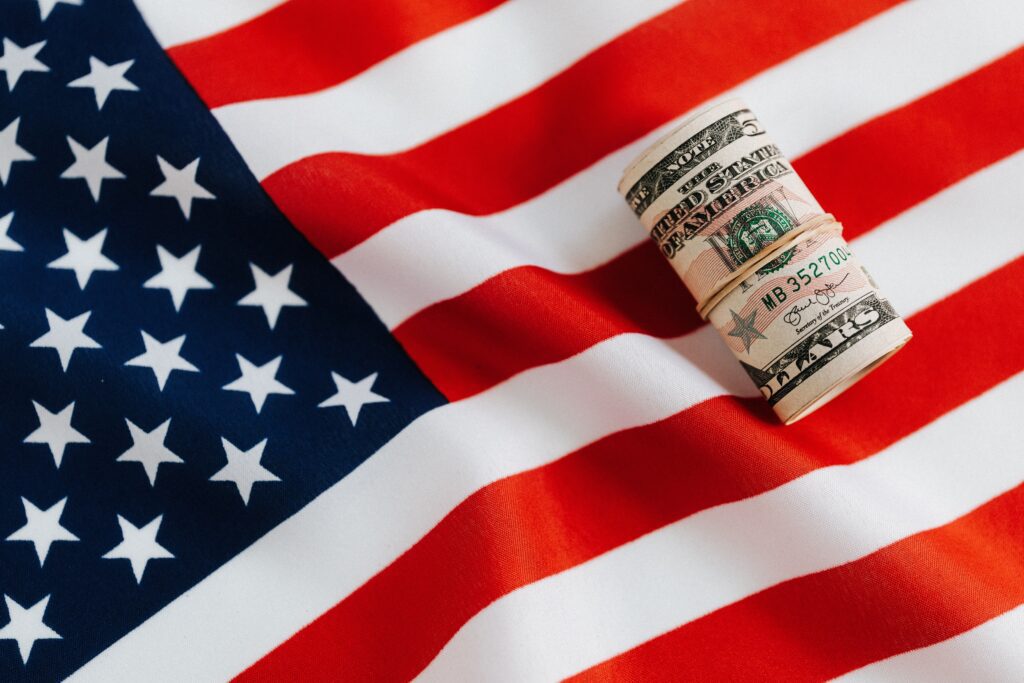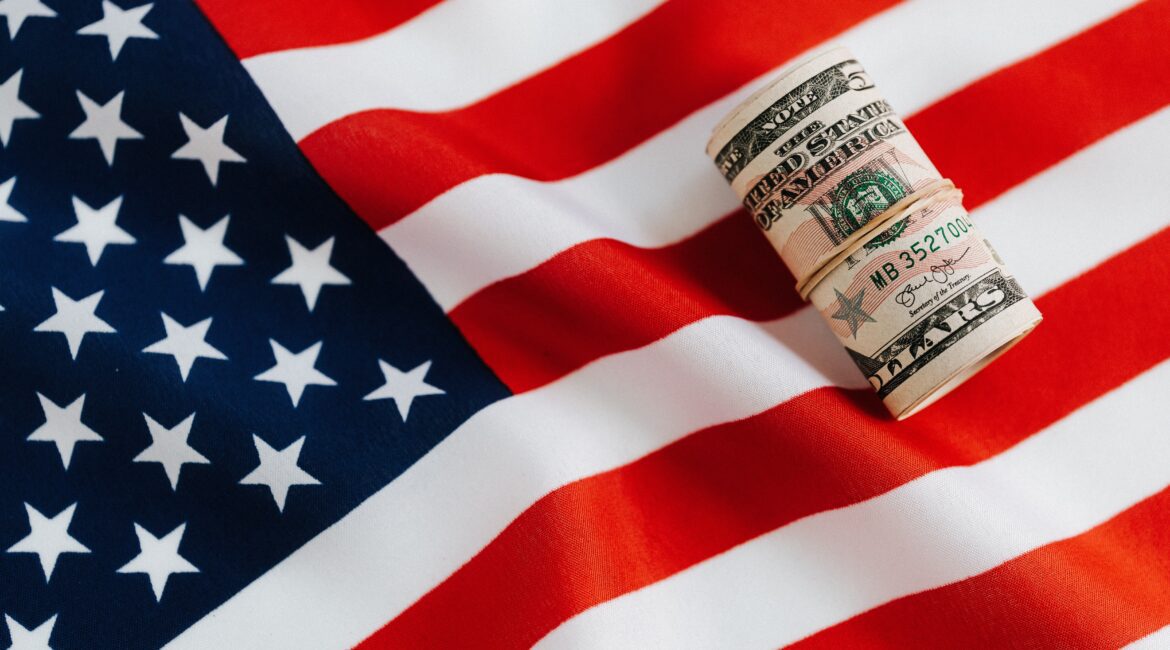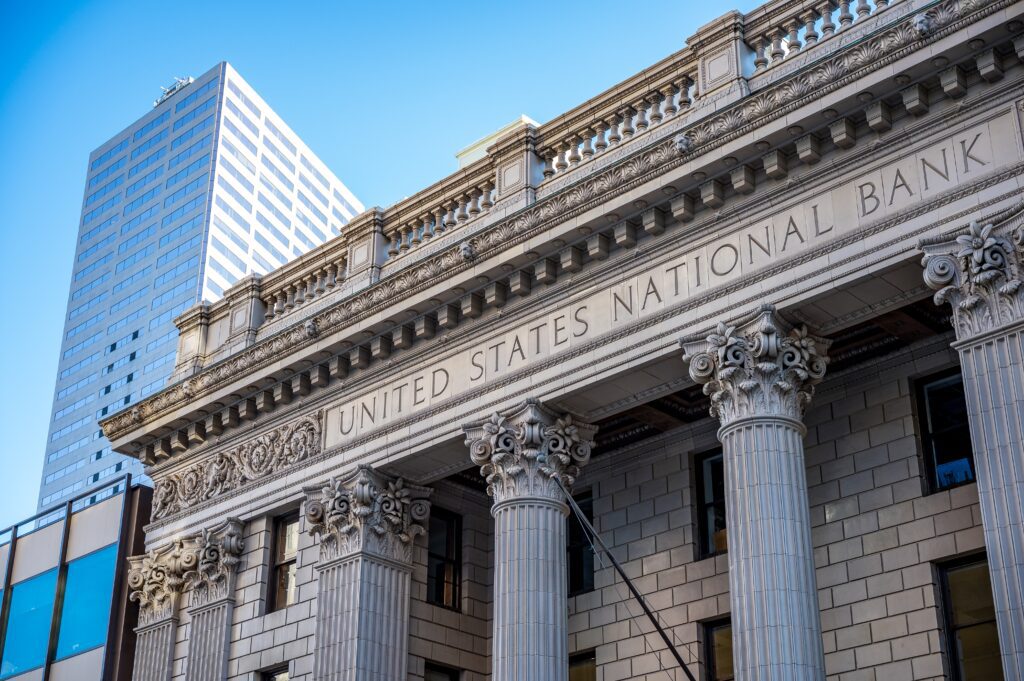
Ever wondered how the big U.S. economy keeps humming along, day after day? Well, the secret lies in a powerful trio of financial giants: the US banking system, the Treasury, and the Federal Reserve. These entities form a strong machine that ensures the smooth operation of the U.S. economy. Let’s take a closer look at this triad and explore how they work together to maintain America’s economic momentum.
Unraveling the US Banking System: The Economy’s Workhorse
The American banking system is not just one single entity; it is actually a vast network of diverse financial institutions. These include:
1. Commercial Banks: The big guns dealing with deposits, loans, and a slew of financial services.
2. Credit Unions: Your friendly local banking providers offering services with a customer-centered focus.
3. Savings and Loan Associations: Realizing the American Dream for the average Joe, specializing in home loans.
4. Investment Banks: Dealing with large corporations and institutional investors.
These institutions, together, are the arteries of the economy. They channel funds from savers to borrowers, facilitating investment, and ultimately pushing economic growth.
The Federal Reserve: Guarding the Economy’s Health
The Federal Reserve, often called the Fed, is the U.S.’s central bank and plays a key role as the watchdog of the nation’s economic health. Its tools include:
– Open Market Operations: The buying and selling of government securities to manage the money supply.
– Setting the Federal Funds Rate: Influencing interest rates by adjusting the rate banks lend to each other overnight.
– Regulating and Supervising Banks: Ensuring banks follow the rules.
In a nutshell, the Fed keeps the US banking system in line and helps prevent the economy from falling apart.
The US Treasury: Uncle Sam’s Cash Box
While the Federal Reserve keeps a keen eye on the economy, the US Treasury handles the government’s purse strings. Imagine it as Uncle Sam’s cash box, overseeing everything from tax collection to paying government bills and issuing federal debt.
When government expenses exceed its revenues, the Treasury springs into action, issuing Treasury securities to finance the shortfall. These IOUs attract investors worldwide, highlighting the Treasury’s pivotal role in the global financial landscape.
The Perfect Trio: US Banking System, Treasury, and Federal Reserve
These three entities aren’t isolated players; they perform like a well-rehearsed orchestra. The US banking system, under the Federal Reserve’s vigilant eye, engages with the Treasury by trading Treasury securities, regarded as safe investments backed by the government.
The Fed also partakes, buying and selling Treasury securities to implement its monetary policy. This interaction is integral to how the US banking system collaborates with the US Treasury and the Federal Reserve, keeping the economic engine purring.
FAQs
Q: How does the US banking system work with the US Treasury and the Federal Reserve?
A: Overseen by the Federal Reserve, the US banking system interacts with the Treasury through trading Treasury securities. The Fed also trades these securities as part of its monetary policy.
Q: What role does the US Treasury play?
A: The US Treasury manages federal government finances, including tax collection, payment of government bills, and issuance of federal debt.
Q: What is the Federal Reserve’s role in the US economy?
A: The Federal Reserve controls monetary policy, regulates and supervises banks, and maintains financial stability. Its actions influence interest rates, impacting borrowing costs for households and businesses.
Conclusion
The US banking system, Treasury, and Federal Reserve play distinct yet joined roles in keeping the American economy thriving. This balanced interplay—this exquisite dance—forms the basis of the world’s largest economy.
Next time you hear about interest rate shifts, Treasury bond yields, or banking regulations, you’ll recognize it as part of the grand performance of how the US banking system works in tandem with the US Treasury and the Federal Reserve—a performance that keeps the pulse of the American economy robust.
Find us on:
–



[…] understanding why banks fail helps us build a stronger financial system, one that can weather economic downturns and safeguard our hard-earned money. Knowledge is power, […]